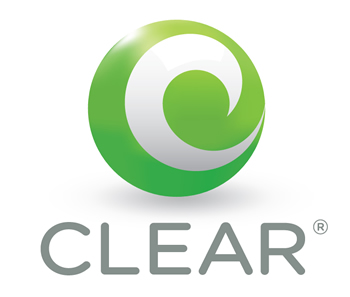
Yesterday was big for Clearwire news. First came the launch of the Clear iSpot bundled with $25-per-month mobile broadband service. Then came news of massive subscriber additions for Clearwire in Q2. And finally, perhaps the biggest news of all, Clearwire announced it will start running serious LTE trials this fall.
The timing of the LTE announcement has to be in response to Verizon’s recent LTE marketing push, including the news that CEO Ivan Seidenberg will be keynoting at CES on the topic. However, the strategy shift would be significant no matter when Clearwire put out the press release. I personally do not subscribe to the belief that we have to pit WiMAX against LTE, but plenty of folks do. And since Clearwire has been WiMAX’s greatest advocate in the US, the fact that it’s now making noise over LTE is a big deal.
For the uninitiated (i.e. anyone not directly in the business of wireless networks), LTE has the potential to enable greater mobile broadband speeds than its WiMAX counterpart. However, WiMAX has had a couple of years now to build up network capacity in the US, whereas LTE is not yet commercially available. There’s another important distinction too. WiMAX and LTE typically operate on different frequencies, at least at the moment. Which operators (cable and telco) deploy which technology depends a lot on what spectrum they have access too. The WiMAX Forum has standardized around 2.3 GHz, 2.5 GHz, and 3.5 GHz. Whereas LTE, as far as I’m aware, is focused on 700 MHz, 900 MHz, and 2.6 GHz frequencies. In today’s announcement, Clearwire notes that it will use its 2.5 GHz spectrum for both WiMAX and LTE. I don’t know what the implications are there, but I’ll be interested to read more as industry experts dig deeper into the technical details.
In Australia, we’re first deploying LTE on 1800MHz (2011/2012).
Then 2.5GHz (2013/2014) and later post analogue-tv shutdown in 700MHz (2015/2016).
We also have one WiMax operator who is migrating to LTE using 2.3GHz TD-LTE. (2012)